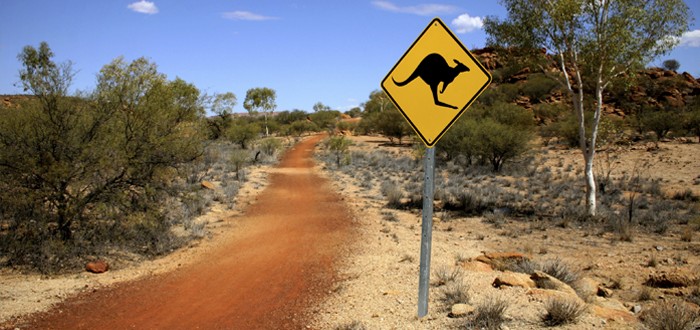A two-year government-sponsored asbestos health study begins soon in Australia to reveal just how big a mesothelioma risk it is to live in a home where the attic once contained loose-fill asbestos insulation.
The findings should be useful in the United States and elsewhere around the globe.
But even without the benefit of such a study, the Australian Capital Territory government is already very sure that the mesothelioma risk is too high to be acceptable.
Last month the Australians began implementing a $1-billion program to purchase asbestos-contaminated homes so they can be torn down.
Mesothelioma Death Traps
The total number of homes slated to be demolished is exactly 1,049. This is how many attics were built with loose-fill asbestos insulation in and around the city of Canberra.
Specifically, these homes were built in the 1960s and 1970s. The company that installed the insulation did business under the name Mr. Fluffy. Accordingly, the Australians refer to these asbestos-contaminated dwellings as Mr. Fluffy houses.
Notably, the Australian Capital Territory government did not want to demolish the Mr. Fluffy homes.
The reason is that doing so is going to tear entire neighborhoods apart, leaving some to look like a tornado cleared a wide swath of real estate on its way through town.
The government opted for demolition of the Mr. Fluffy homes because it realized it had no other choice.
Back in the 1980s and 1990s, it undertook a massive abatement project to remove the asbestos from every last one of those residences.
But afterward, when they sent in environmental health investigators equipped with asbestos-detection devices, they found traces of the deadly mineral’s fibers throughout the homes. They even found traces on all of the clothes in all of the closets and drawers.
The government figured that it could only adequately protect its citizens from the threat of asbestos by buying the Mr. Fluffy homes from the owners and moving the occupants out.
The demolition is to make sure no one else can ever again occupy them and be threatened anew by asbestos.
Mesothelioma Study Has Several Aims
The scientific asbestos health study due to get underway is aimed at accomplishing several things.
The most important is to get a handle on how much risk current and former Mr. Fluffy house occupants face when it comes to developing mesothelioma. To do this, the researchers will be trying to determine how much asbestos exposure the occupants suffered.
The research will have an unavoidable gap or two with which to contend because not all of the 1,049 Mr. Fluffy homes still exist. Nearly 30 of them are already gone, many of those lost to a major brush fire in 2003 and others previously knocked down by their angry and worried owners.
The research will be conducted by the Australian National University’s National Centre for Epidemiology and Population Health.
Findings are expected to be revealed in two forums. First, an overview will be offered to the general press. Second, highly scientific observations will be published in peer reviewed journals.
Meanwhile, the Australian government predicts it will take about five years for it to wrap up its Mr. Fluffy house buyback program.

